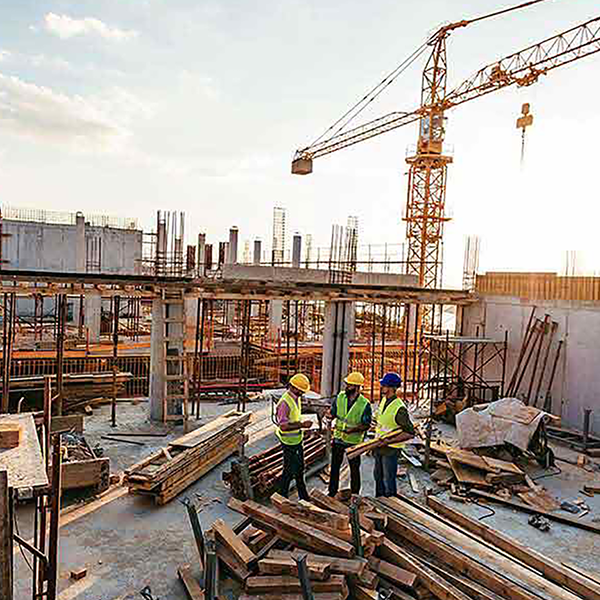Industries
Industry Consultants at your Service
Products
Insurance Tailored For You
General Liability & Excess
Every business can use a strong defense against the risks of third-party injuries or damages, which is why we offer commercial general liability solutions.
Commercial Property
Commercial property insurance protects your business's building and the essential assets you have within: inventory, furniture, equipment, and more.
Workers’ Compensation
If you have employees, workers’ comp is an essential part of your business insurance coverage. Learn about workers’ comp and how its benefits work for you.
Solutions
Access our innovative risk management platform and get solutions tailored to your industry and unique business needs.
Learn MoreOur Workers' Compensation Claims consultants have extensive experience navigating the claims process across various industries. Learn more about filing a claim.
Learn MoreThe Property & Casualty Claims professionals at InterWest have extensive backgrounds in managing commercial property, automobile, general liability, and professional liability claims. Learn more about filing a claim.
Learn MoreWe elevate employers by combining the unique perspectives of lawyers and human resource professionals, resulting in better solutions and cost-effective options.
Learn MoreInterWest’s training opportunities provide quarterly training on pertinent, timely topics for prospective and current clients.
Learn More
















